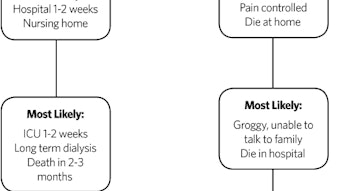Out of Committee: Diversity and Inclusion – Why Pronouns Matter
All providers aim to build rapport with patients, and that process begins with the first greeting. For transgender patients, an important part of that rapport includes getting their preferred name and pronoun correct. The easiest way to achieve this is by just asking the patient.
Jeffrey Teixeira, MD

All providers aim to build rapport with patients, and that process begins with the first greeting. For transgender patients, an important part of that rapport includes getting their preferred name and pronoun correct. The easiest way to achieve this is by just asking the patient. The proper use of pronouns ensures that the patient is respected and allows for more open, bidirectional communication and the development of a true partnership between patient and provider.
Any provider who has direct patient clinical care should be aware of basic terminology within the transgender community. For example, it is important to understand that the term “sex” refers to the assignment of male, female, or intersex that occurs at birth, while “gender” is a social construct to classify between a man, woman, or other identity. In transgender individuals, there is a gender incongruency between self-identified gender and sex assigned at birth. Gender plays a significant role in our daily lives and directly influences our norms and relations. When providers misgender transgender individuals, they contribute to the negative social and health outcomes associated with gender dysphoria. While many individuals who identify as male or female may prefer the pronouns “he/him/his” or “she/her/hers,” there are others who may not, since some individuals identify as nonbinary. Nonbinary individuals do not ascribe to male or female classification and may identify as both or neither genders. These individuals may instead prefer the pronouns “they/them/theirs.”
Establishing proper pronouns and preferred names is further complicated by current limitations in healthcare electronic medical records. These systems are programmed to record a patient’s legal name and sex, which allows opportunities for misgendering of patients. It is therefore recommended that providers approach all patients, whether transgender or not, by asking how they prefer to be addressed. Such an approach reduces the risk of misgendering patients and ensures that we provide the inclusive healthcare we all aim to deliver.














